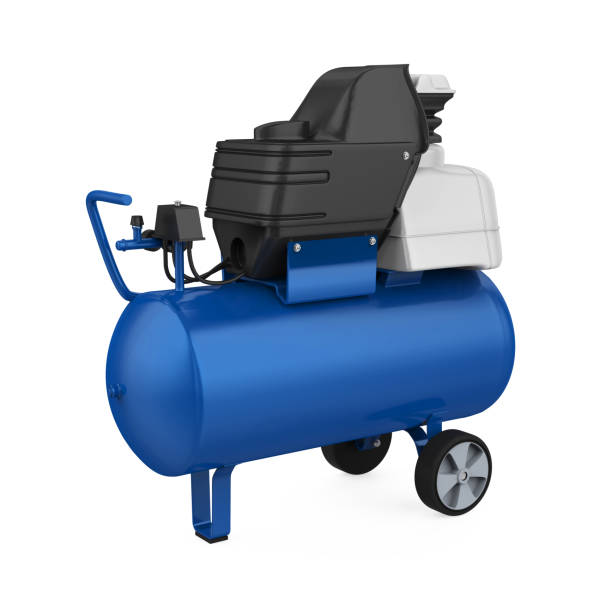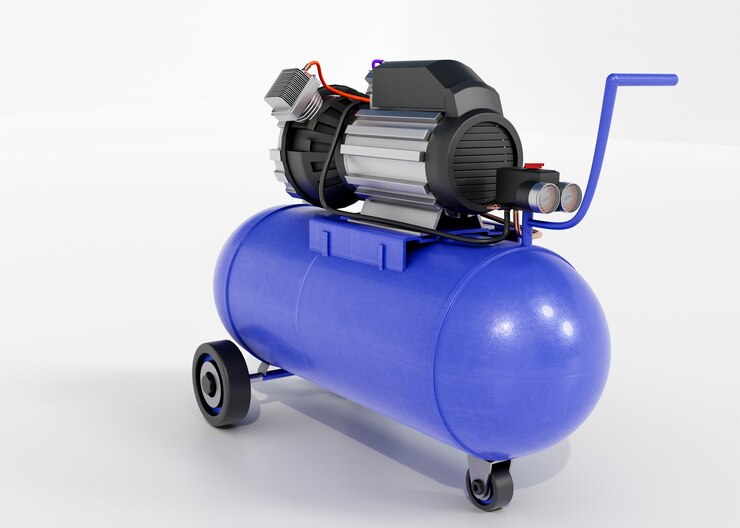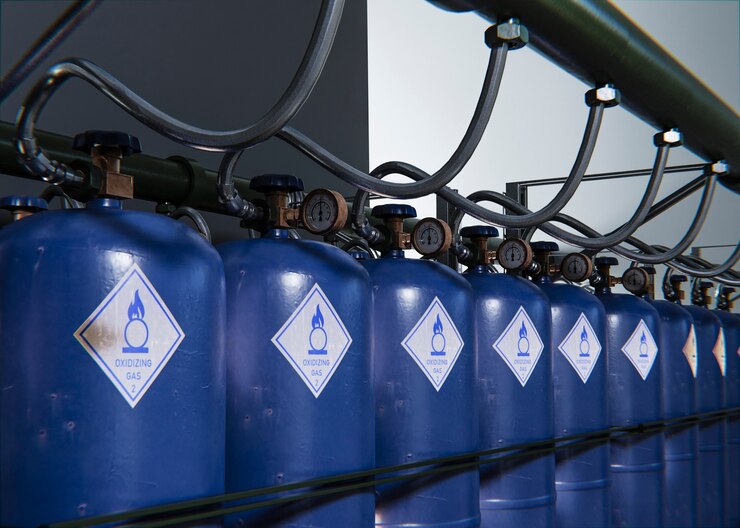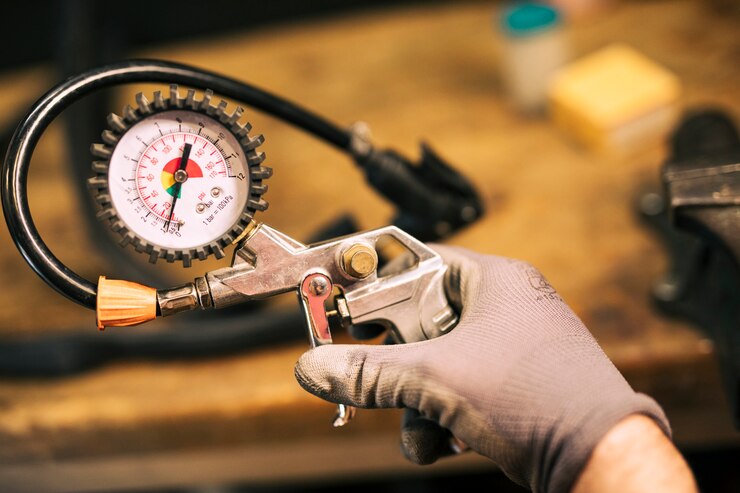Quiet Power: All About Small Diaphragm Compressor
The Mighty Midget: A Guide to Small Diaphragm Compressor
The workhorses of the compressed air industry are small diaphragm compressor, sometimes referred to as micro diaphragm compressors or linear air pumps. These small, adaptable devices are silent, oil-free, and require no upkeep while producing a steady stream of compressed air for a variety of uses.
These diaphragm compressors might be the missing component for anything from powering medical equipment to making beautiful airbrushed artwork to providing life to your pond or maintaining a happy fish tank. This in-depth manual will examine tiny diaphragm compressors in detail, going over their:
- Types and Features
- Applications
- Benefits
- Selection Considerations
- Maintenance Tips
By the end of this article, you’ll be equipped with the knowledge to choose the perfect small diaphragm compressor for your needs.
Types of Small Diaphragm Compressors:
There are several different designs of small diaphragm compressor, and each is appropriate for a particular need. Below is an explanation of the two primary kinds:
- Oil-Free Diaphragm Compressors:
The most popular kind of compressors are oil-free diaphragm units, which are preferred for their quiet operation. By separating the pumping chamber from the engine with an internal diaphragm, oil contamination in the compressed air is avoided. They are therefore perfect for uses where oil-free air is essential, such as aquariums, medical equipment, and food processing.
- Miniature Diaphragm Compressors:
The smallest and quietest diaphragm compressors on the market are called miniature diaphragm compressors. They are ideal for jobs like airbrushing or powering tiny medical nebulizers that need low air flow and pressure.
Applications of Small Diaphragm Compressors:
It’s amazing how versatile little diaphragm compressors can be. These are a few of the most typical uses for them:
- Aquarium air pumps:
Fish and other aquatic life depend on these compressors as a major source of oxygen. They achieve effective gas exchange by pushing air into the tank, which agitates the surface and causes water to flow.
- Airbrushing:
To power their airbrushes, both experts and amateurs rely on tiny diaphragm compressors. The constant air flow produced by these compressors enables accurate control over paint application.
- Paintball guns:
Paintball gun tanks are often refilled using compact, lightweight diaphragm compressors. They are simple to carry to the field of play due to their small size.
- Medical Devices:
Nebulizers that provide medication straight to the lungs are among the devices that employ oil-free diaphragm compressors. During therapy, the patient’s comfort is guaranteed by their silent operation.
The Appropriate Small Diaphragm Compressor Selection:
Selecting the ideal small diaphragm compressor might be difficult with so many alternatives. Here are some important things to think about:
- Application:
Determine what your compressor’s main function is. Different air pressure and flow rate requirements arise from different applications.
- Air Pressure (PSI):
The compressor’s capacity to force air against pressure is indicated as PSI or pounds per square inch. Select a compressor that has the PSI needed for the job.
- Air Flow Rate (CFM):
The amount of air that a compressor can supply in a minute is measured in cubic feet per minute, or CFM. For jobs like pond aeration that need constant airflow, a higher CFM is required.
- Noise Level (dB):
Take into account the noise level, particularly if you’re operating the compressor in a noisy place. A lot of models list the decibels (dB) as their noise level.

Benefits of Small Diaphragm Compressors:
The application of these diaphragm compressors has the following benefits:
- Silent Operation:
Its silent operation is one of its main advantages. They produce less noise than conventional piston compressors, which makes them perfect for use in places like home aquariums and hospitals.
- Oil-Free Design:
As previously indicated, the possibility of oil contamination in compressed air is removed with oil-free diaphragm compressors. For delicate applications like fish tanks and medical gadgets, this is essential.
- Low Maintenance:
Compared to other compressor types, these compressors require less maintenance. They can function properly for years before requiring significant maintenance.
- Variable Flow Rate:
A lot of models include the ability to change the flow rate, so you can customize the air output to meet your needs. This is very useful for pond aeration and airbrushing applications.
- Compact Size and Lightweight Design:
These compressors are simple to assemble, move, and store because of their small size and low weight. They are ideal in spaces where there is a shortage of room due to their small size.
The Inner Workings of a Small Diaphragm Compressor: A Powerful Punch in a Compact Design
These compressors are surprisingly strong for their small. However, how precisely do they generate compressed air? These little marvels work on a different mechanism than conventional piston compressors, which employ pistons rotating within cylinders:
- The Heart of the Machine: The Diaphragm
The diaphragm, a flexible membrane, is located at the center. The diaphragm expands and contracts in response to an electrical signal, much like a little muscle.
- The Power of Movement:
The diaphragm moves downward due to the electromagnet’s attraction to the current flowing through it. A vacuum chamber is created behind the diaphragm as a result.
- Filling the Vacuum:
Air enters through an open chamber under the diaphragm.
- Building Pressure:
The diaphragm can rise again when the magnetic relaxes and the current reverses. As a result, the trapped air inside the chamber is compressed, raising the pressure.
- Directed Flow:
A one-way check valve makes sure that compressed air leaves the system by a different output valve and proceeds to the intended destination.
The electrical current drives a diaphragm movement cycle that continually pulls in air, compresses it, and releases a steady stream of pressurized air. Small diaphragm compressor provides a dependable and low-maintenance solution for a range of airflow requirements thanks to their straightforward construction and effective functioning.
Conclusion:
With a wealth of design and production expertise, LEiYAO Compressors is outfitted with cutting-edge technical testing facilities and procedures. We provide our global customers with all-inclusive, one-stop solutions while guaranteeing great product quality and first-rate service.



